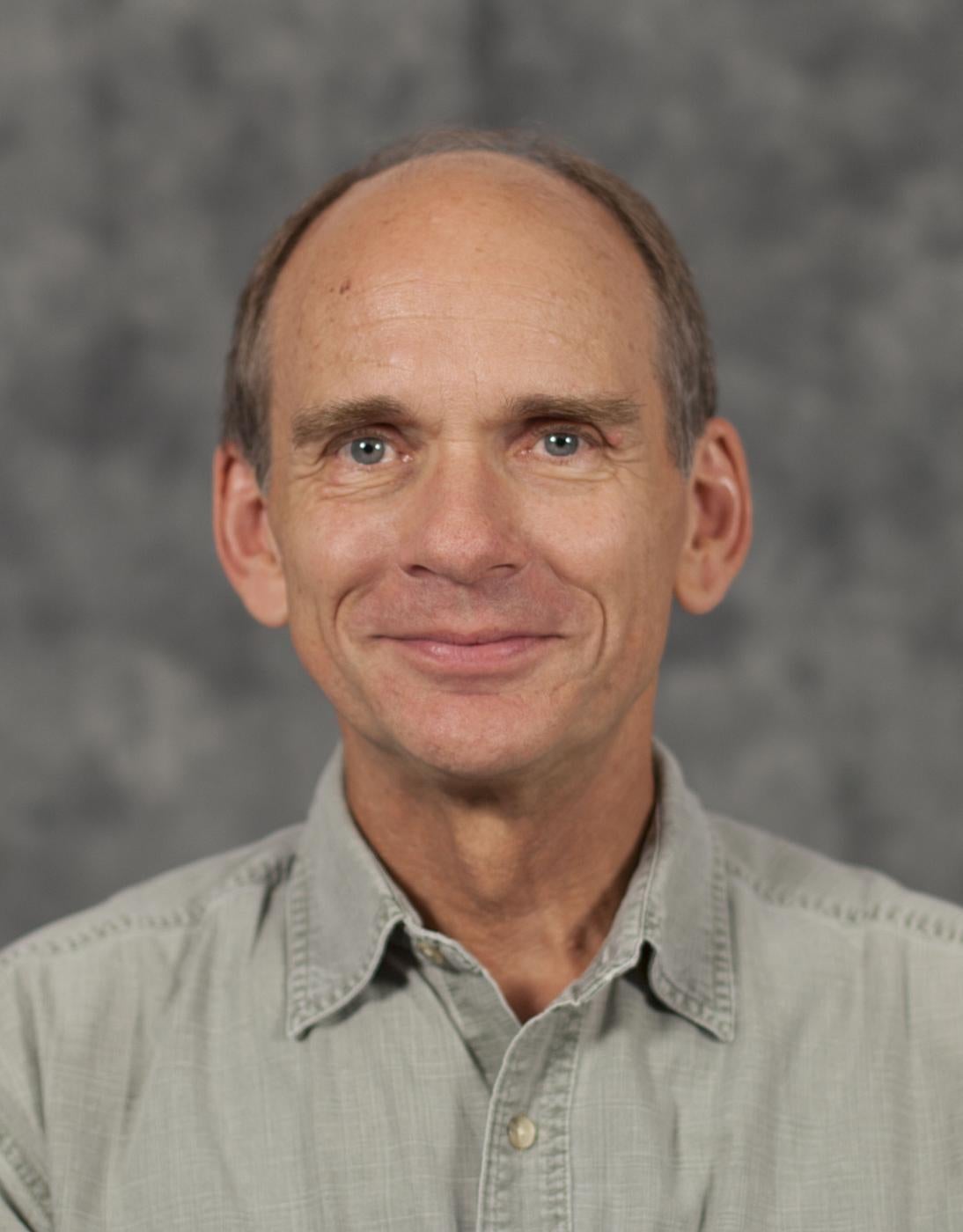A high-resolution spectrometer available with TK3, a thin, grade 1, Tektronix 2048 x 2048 CCD. Two-pixel resolving powers in its two modes of operation are 60,000 (TS23) and up to 240,000 (TS21).
Two echelle gratings offer minimum inter-order separations of 10.5 and 15.5 arcsec.
Co-addition is available. Remote field acquisition and guiding are available, and auto-guiding is available.
Instrument Characteristics
Detector(s):
TK3, a thin, grade 1, Tektronix 2048 x 2048 CCD (QE curve)
Wavelength coverage:
In TS23 mode: 3,400*–10,900 Å continuous, in as few as two exposures.
In TS21 mode: same available spectral range but 1/18 of the coverage of TS23
*Throughput falls off rapidly below 3600 Å.
Spectral resolving power:
TS23 has a resolving power of R~60,000 (depending on slit selection)
TS21 has a resolving power of up to R~240,000 (depending on slit selection)
Throughput/sensitivity:
For TS23, signal/noise has been measured as:
V=6.03 K7V star with 575 sec exposure yields S/N = 470 @ 7480A, 220 @ 4800A
V=5.76 G1V star with 383 sec exposure yields S/N = 320 @7480A, 200 @ 4800A
V = 4.11 F8V star with 104 sec exposure yields S/N = 290 @7480A, 216 @ 4800A
S/N is per pixel
For TS21 and slit 3 (R~120,000), SNR=100 per resolution element is achieved for:
6 x 30-minute exposures at Ca II K (~4000 Å) with E1,
2 x 30-minute exposures at K I (~7500 Å) with E1.
3 x 30-minute exposures at Na I D (~6000 Å) with E2.
Detailed Information About the Instrument and Its Uses
The following sub-manuals are referenced and linked in the User Manual and also are included here to be accessed individually. Click down arrow to show them.
TS2 Sub Manuals
- Choosing your slit for TS23
- Bob Tull's tables for grating coverage
- TS23 par files
- TS23 Disperser
- TS21 Disperser
- Solar Port mechanism
- Solar Port Spectrum (TS23 E2)
- 2.7m Telescope Control System
- Coude autoguider
- Off-axis guiding
- Coude Wavefront Sensor
- TS2 exposure meter
- Updating ICE (and IRAF) Scripts
Data reduction Pipeline (beta-version)
Exposure time Calculator (In Development)
Scientist

Phillip MacQueen
- Chief Scientist
- McDonald Observatory
- Astronomy
